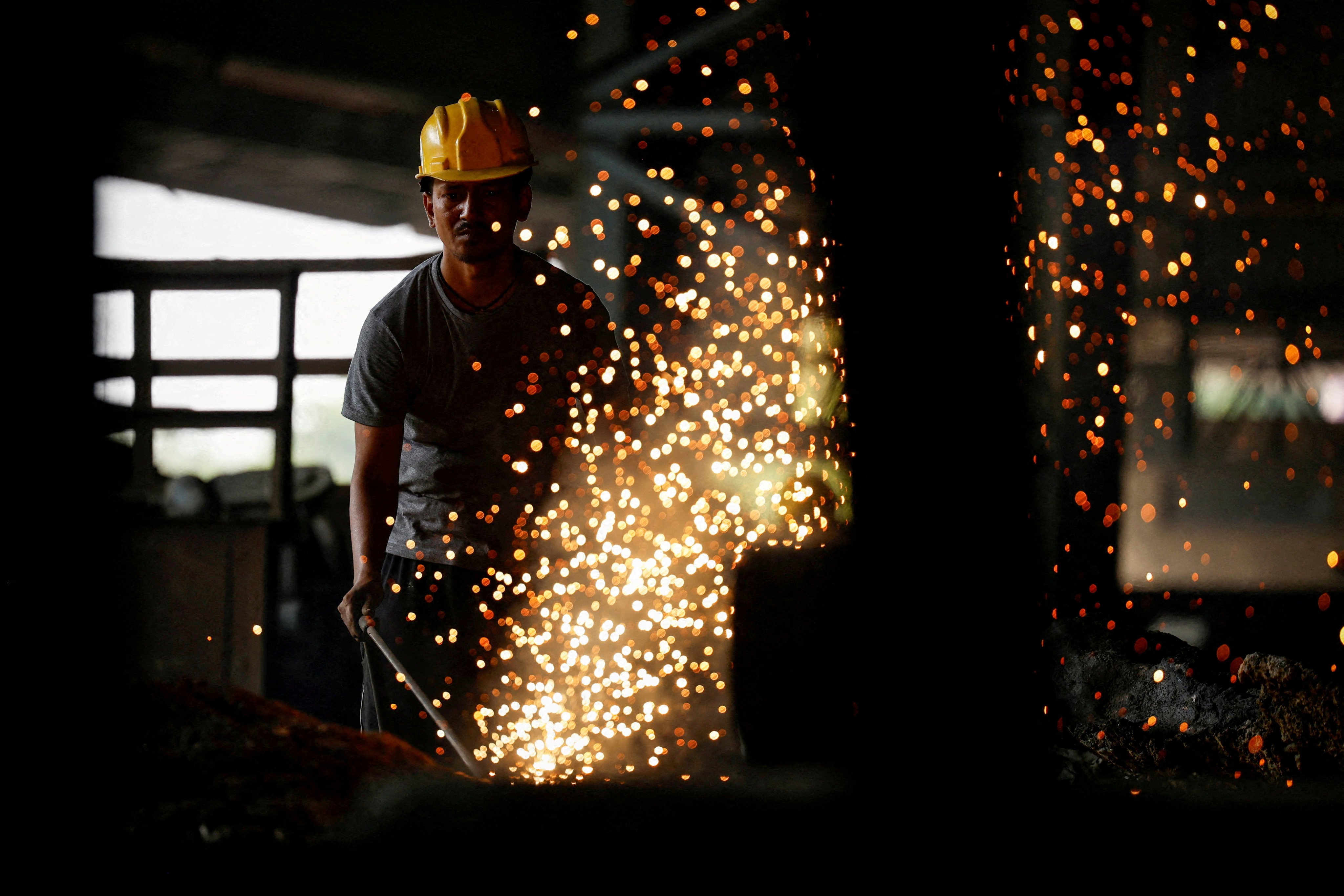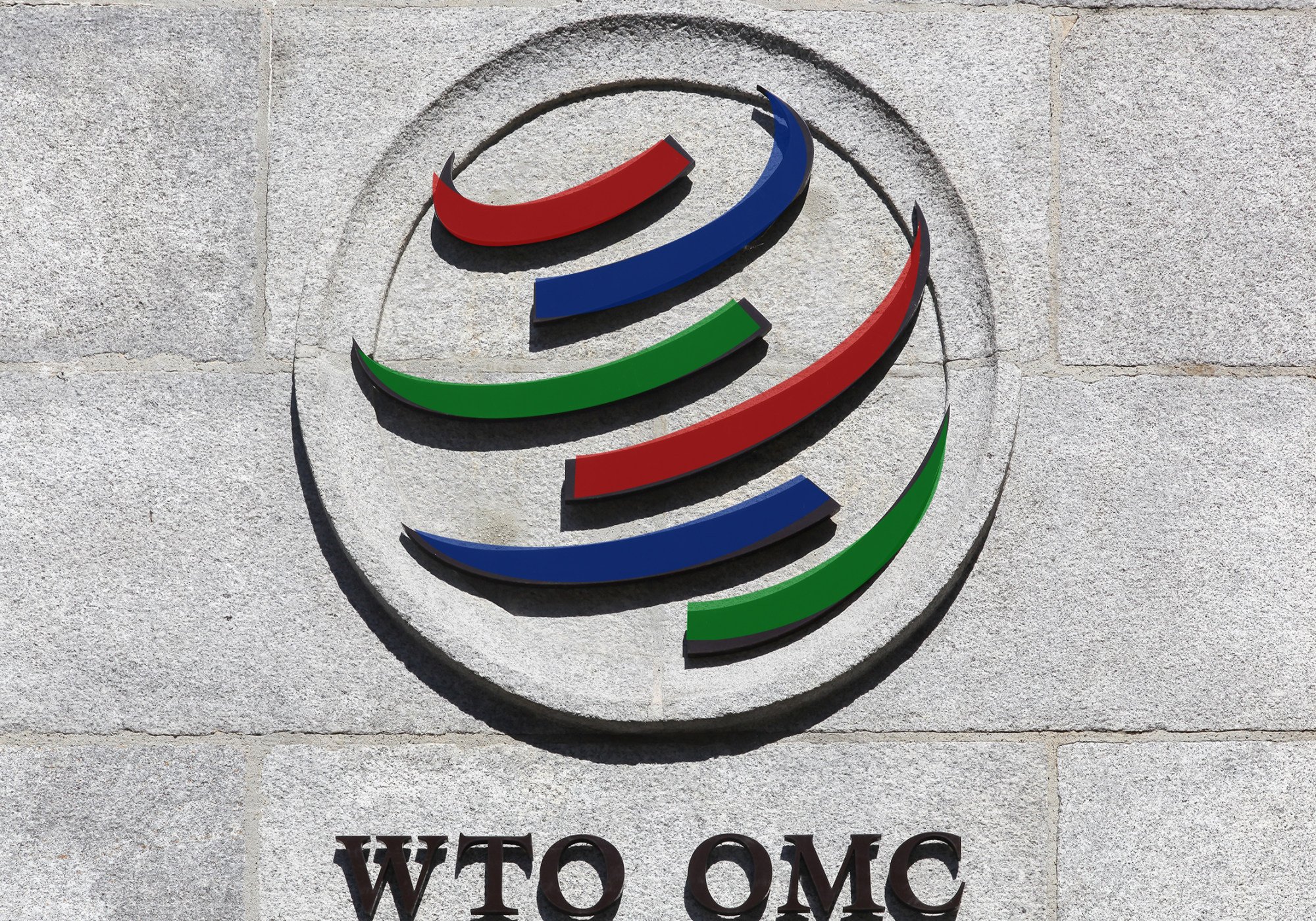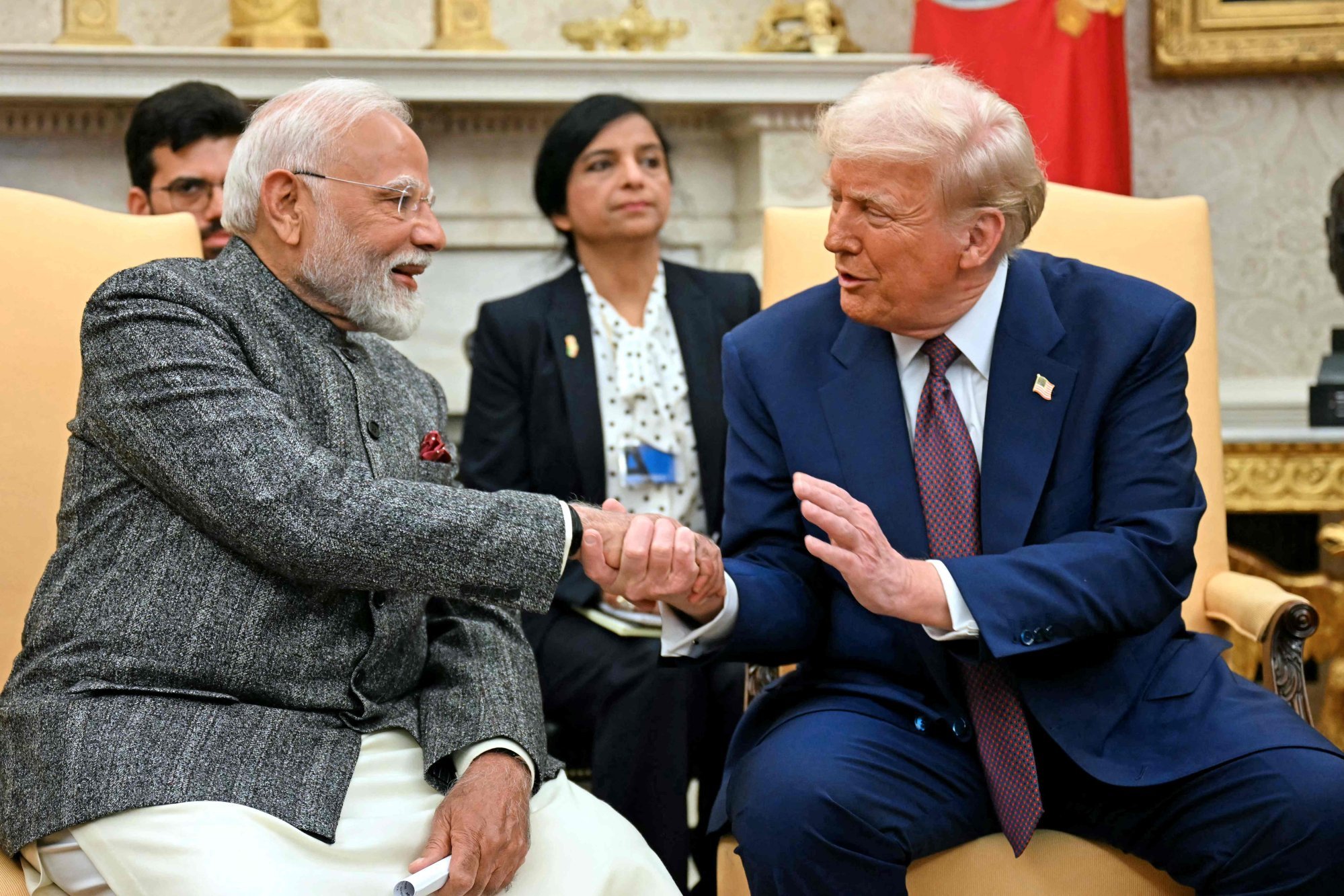Does India’s surprise tariff move on US signal a tougher stance on trade or just ‘symbolism’?
Delhi’s WTO complaint on US steel and aluminium tariffs highlights India’s aim to protect its trade interests without direct retaliation, observers said

India has filed a formal dispute with the World Trade Organization (WTO) over US tariffs on steel and aluminium – a surprise move that analysts say signals a calculated pushback against unilateral trade measures, even as New Delhi appears eager to strike a broader deal with Washington.
The decision, lodged just days before Commerce Minister Piyush Goyal travels to the United States for high-level negotiations, came as India was reportedly preparing to narrow its tariff gap with the US in an effort to accelerate negotiations. According to local media, Delhi had offered to reduce the average tariff difference from 13 per cent to less than 4 per cent – a gesture seen as a bid to break the stalemate in bilateral talks.
Observers said the WTO complaint underscores India’s desire to defend its trade interests through multilateral mechanisms while avoiding a direct tit-for-tat escalation.
“We are not looking for a bilateral escalation of trade tariffs, but we are looking after our own interests”, said Vivek Mishra, deputy director of the Strategic Studies Programme at the Observer Research Foundation.
Earlier this year, the US imposed a 25 per cent duty on all steel and aluminium imports as part of President Donald Trump’s efforts to reshape trade ties with the rest of the world.
Following WTO rules, India requested consultation with the US in April regarding the hike. However, Washington declined, asserting the tariffs were imposed on national security grounds and did not qualify as safeguard measures.
India had informed the WTO the tariffs were in fact “safeguard measures”, which were trade restrictions, and would negatively impact India’s trade, according to a notification on Monday.
Delhi reserved its right to “suspend concessions or other obligations” as a countermeasure to the US duties, the notification said, citing WTO rules.
The safeguard measures implemented by Washington were estimated to impact US$7.6 billion worth of Indian imports into the US, with duty collection nearing US$2 billion.

Mishra said the duties proposed by India would essentially cancel out the revenues collected by the US.
India had slapped customs duties on 28 US products in 2019 and filed a complaint to the WTO in response to Washington’s decision to end trade concessions worth US$5.7 billion of products.
T. S. Vishwanath, a trade expert and principal adviser at consultancy ASL Legal in New Delhi, cautioned against over interpreting India’s duties, saying that bilateral trade negotiations should not be conflated with Delhi’s WTO complaint.
“India is making a strong statement that we will not junk the WTO process,” he said, noting that the country was a founding member of the multilateral trading system.
“What they [the US] have done on steel and aluminium is a protectionist move against WTO safeguards, and we are invoking our rights,” he added.
Experts say that the WTO dispute settlement mechanism has virtually turned defunct over the years, especially an appellate body with few judges being appointed.
The WTO is virtually dead, but by protesting before it, we are showing that we are standing upBiswajit Dhar, analyst
Vishwanath said that the WTO system may again be revived if enough cases are brought before it, and member countries should not abandon it.
Biswajit Dhar, a distinguished Professor at New Delhi’s Council for Social Development, welcomed India’s move as a positive development, though a complaint at the WTO is unlikely to lead to any meaningful resolution.
“This is an act of symbolism,” he said, referring to India’s tariff proposal. “The WTO is virtually dead, but by protesting before it, we are showing that we are standing up,” he said. “It is welcome because this is what we need to do.”
The development comes amid the US agreeing to significantly reduce trade tariffs on China, weeks after escalating tit-for-tat tariffs between the world’s two largest economies threatened to push the global economy into recession.
Trade deal negotiations
Dhar said India should have taken a stronger stance from the beginning, considering its potential to become the world’s third-largest economy by 2031, as projected by S&P Global, and the considerable leverage provided by its vast market.
“Why should we not negotiate on that basis? We understand that Trump wants to turnaround American fortunes and wants to address his electorate, but if you do that then you have to bear the price,” he added.
Dhar said India needed to play its cards right by negotiating from a position of strength like China.

India has been working towards a trade deal with the US since Indian Prime Minister Narendra Modi visited Washington in February and announced with Trump that the two countries will work towards increasing two-way trade fourfold to US$500 billion by 2030.
The retaliation also came the same week when Delhi denied Trump’s suggestion that trade with the US was used as a bargaining chip in a just-agreed ceasefire between India and Pakistan following one of their worst military confrontations in two decades.
Mishra said that India’s stance suggests that it has realised that it needs to adopt “certain pushbacks”.
However, Vishwanath said that any complaint to the WTO takes weeks of preparation and was probably in the pipeline before the India-Pakistan conflict had begun.